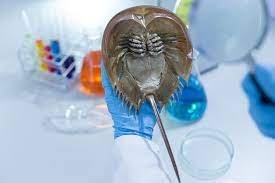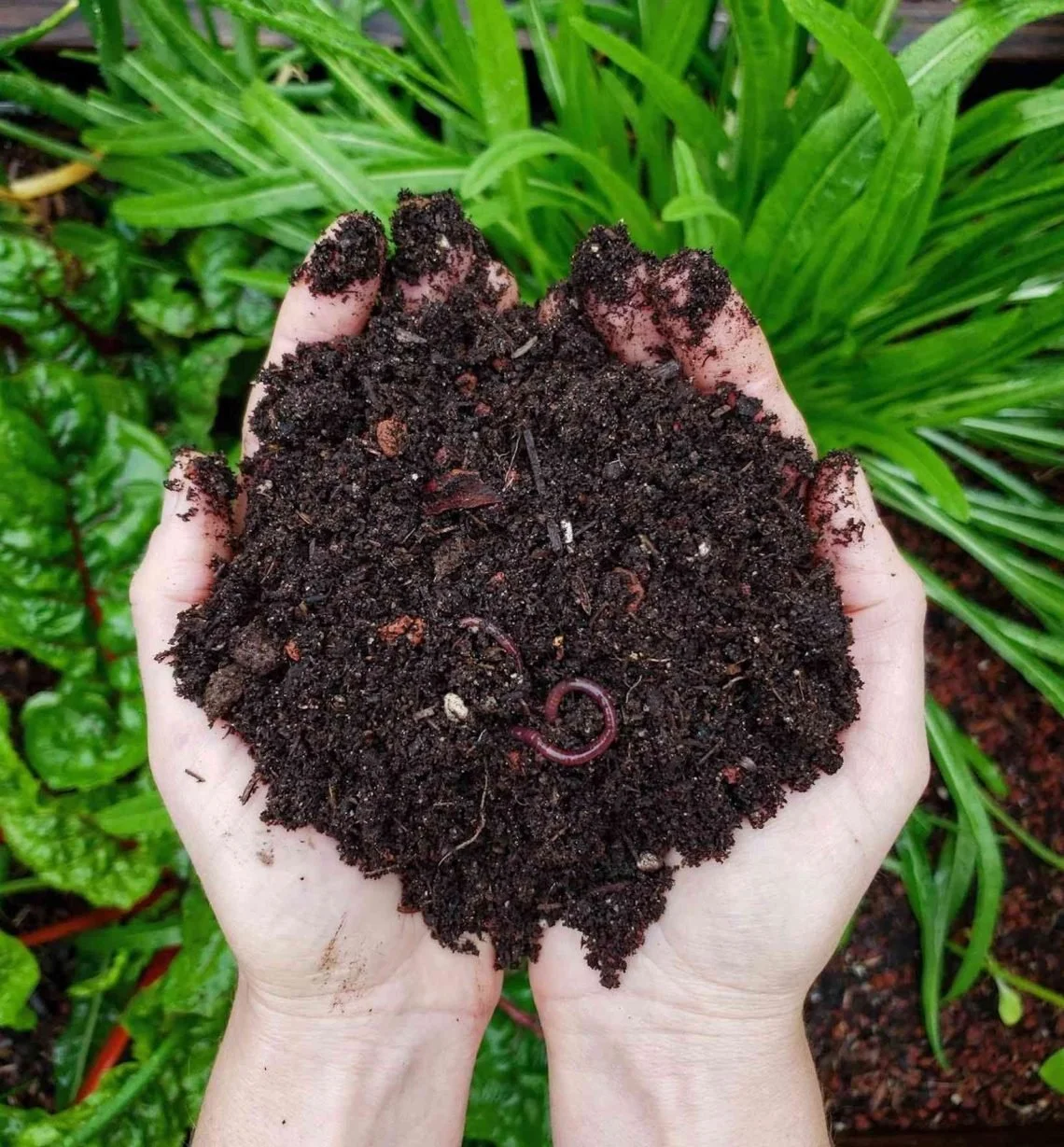Endotoxins are contaminants in the cell walls of some bacteria [4]. Medications and vaccines intravenously given to patients that may contain these endotoxins pose a risk of serious infection, septic shock, and death. Researchers and manufacturers initially avoided this catastrophe with animal testing on rabbits, but in the 1970's a new endotoxin detection solution was found in organisms older than dinosaurs: horseshoe crabs [3].
Horseshoe crabs are not actually crabs, but arthropods, like spiders and scorpions [2]. A blue, blood-like fluid called hemolymph flowing through the bodies of these "living fossils" is the key to testing all injectable drugs for endotoxins. This is because the blue hemolymph contains special immune system cells, called amebocytes, that are extra sensitive to molecules found in endotoxins, called lipopolysaccharides (LPS) [1]. Researchers have used these special cells to develop Limulus amebocyte lysate (LAL).
LAL is named after North America's horseshoe crab species (Limulus polyphemus)[2], the special cells in their hemolymph (amebocytes), and the process used to make the compound (lysis, or breaking down, of the amebocyte cells). When LAL comes in contact with endotoxins secreted by bacteria, a sequence of reactions, called a coagulation cascade, occurs between proteins. This cascade ends in the activation of a protein called coagulogen which is turned into a gel called coagulin. This protein-gel forms visible clots, which are used to identify bacterial contamination of medical supplies from water and catheters to transplantable tissues and COVID-19 vaccines [1].
In order to synthesize LAL, scientists have to catch and drain the blood of about half a million horseshoe crabs. Of these crabs, only about 87% are returned to the ocean, after which about 15% to 30% of the creatures die due to blood loss and the disorienting amount of time spent outside of their aquatic environment. Overall, it is estimated that 130,000 horseshoe crabs are killed by this process each year [3].
Because of this harm to horseshoe crabs, and high demand for LAL, synthetic alternatives have been in development. One group of researchers used horseshoe crab DNA to make an alternative that fluoresces when it comes in contact with endotoxins present in contaminated medical supplies like vaccines, drugs, and syringes. Beyond taking stress off of horseshoe crabs, this synthetic alternative may also return more reliable results. Because horseshoe crab hemolymph and LAL react to many more molecules than just LPS from endotoxins, samples of drugs may clot even if they are not contaminated, but the synthetic alternative reacts more specifically to endotoxins [3].
Horseshoe crabs and their blue "blood" have been essential to the pharmaceutical industry. But, after half a century of harvesting the creatures for their hemolymph, synthetic alternatives may modernize endotoxin detection while sparing the horseshoe crabs.
Ashrafuzzaman, M.; Razu, M. H.; Showva, N.-N.; Bondhon, T. A.; Moniruzzaman, M.; Rahman, S. A.; Rabby, M. R.; Akter, F.; Khan, M. Biomolecules of the Horseshoe Crab’s Hemolymph: Components of an Ancient Defensive Mechanism and Its Impact on the Pharmaceutical and Biomedical Industry. Cellular Microbiology 2022, 2022, 1–17.
Horseshoe Crab. https://www.nwf.org/Educational-Resources/Wildlife-Guide/Invertebrates/Horseshoe-Crab (accessed Nov 14, 2022).
Maloney, T.; Phelan, R.; Simmons, N. Saving the Horseshoe Crab: A Synthetic Alternative to Horseshoe Crab Blood for Endotoxin Detection. PLOS Biology 2018, 16 (10).
Tamura, H.; Reich, J.; Nagaoka, I. Outstanding Contributions of Lal Technology to Pharmaceutical and Medical Science: Review of Methods, Progress, Challenges, and Future Perspectives in Early Detection and Management of Bacterial Infections and Invasive Fungal Diseases. Biomedicines2021, 9 (5), 536.
Jimenez, Darcy. Pharma’s reliance on horseshoe crabs is threatening the species. Pharmaceutical Technology. https://www.pharmaceutical-technology.com/features/pharma-horseshoe-crabs-threatening-species/ (accessed Aug 8, 2023)






